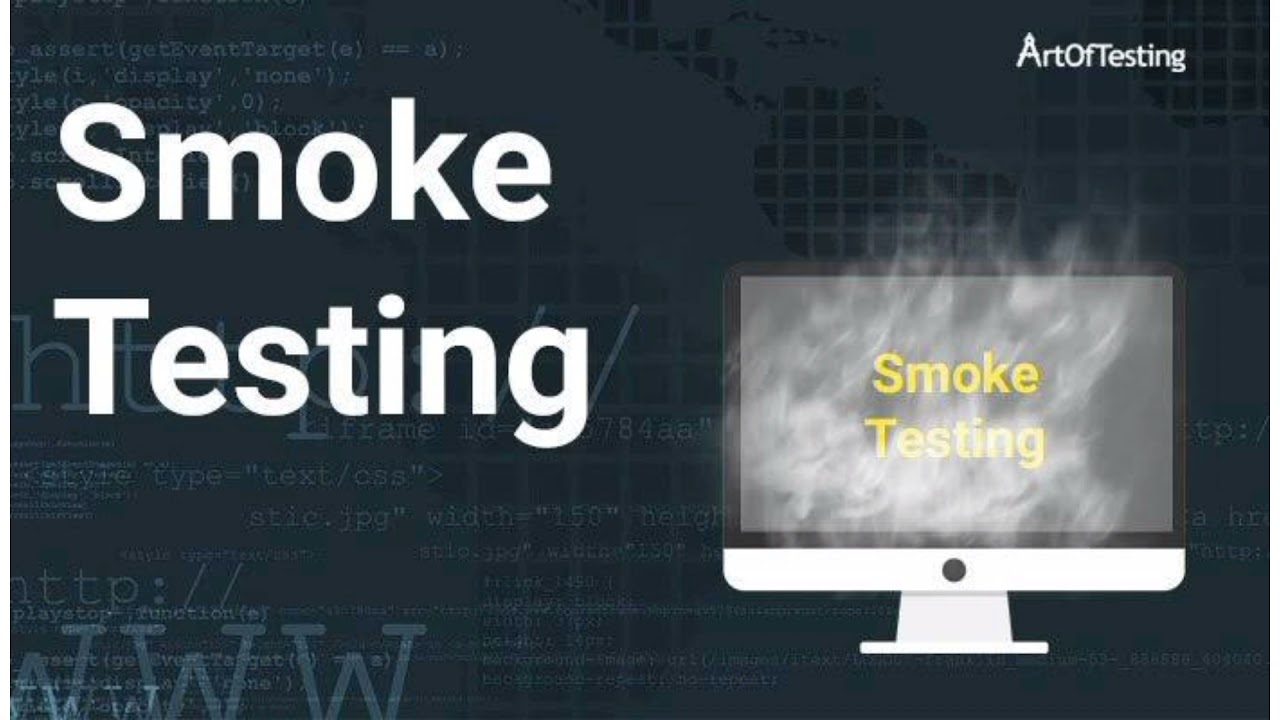
What is Smoke Testing?
Smoke testing is a preliminary type of software testing that focuses on the critical functions of a software application. The primary goal is to ensure that the most important features of the application are functioning correctly before further, more detailed testing is conducted.
Key Objectives of Smoke Testing
- Basic Functionality Check: Ensure that the core functionalities of the application are working as expected.
- Stability Assessment: Verify that the build is stable enough for detailed testing.
- Early Detection of Major Issues: Identify major issues that might prevent further testing.
Why is Smoke Testing Important?
Smoke testing is a vital component of the software development lifecycle for several reasons:
1. Early Detection of Issues
By conducting smoke tests early in the development process, teams can identify major issues before they become more complicated. This helps in catching critical flaws early and reduces the risk of wasting time on detailed testing of a fundamentally flawed build.
2. Saves Time and Resources
Smoke testing helps in determining whether a build is worth testing in detail. This saves time and resources by avoiding the detailed testing of unstable or incomplete builds.
3. Improves Efficiency
With smoke testing, teams can quickly verify the stability of the application and ensure that the build meets the basic requirements. This allows for a more streamlined testing process and improves overall efficiency.
4. Facilitates Continuous Integration
In a continuous integration (CI) environment, smoke testing is an essential practice. It allows for automated testing of new builds, ensuring that integration changes do not break the core functionality of the application. Read More






